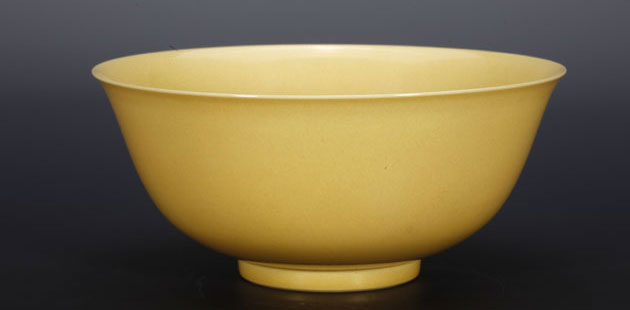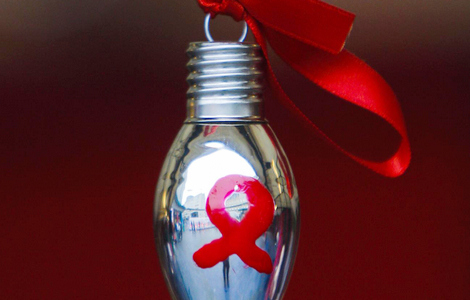Secondhand clothes are finding fewer takers
Updated: 2012-02-24 08:37
By Zhou Wenting (China Daily)
|
|||||||||
Charity groups often have to dispose of threadbare garments
SHANGHAI - Huang Hao, a customer of Uniqlo, was happy that the Japanese clothing warehouse will again accept clothing donations from consumers and take them to a charity. But she is having second thoughts.
"Only the newest looking clothes will be taken, but the ones we'll donate may not be in such good condition," said Huang, a 32-year-old Shanghai resident.
Starting on March 1, consumers can take used garments from the brand to one of its 30 outlets in the city. The company will then donate almost-new items to the Shanghai Charity Materials Management Center.
The center is affiliated with the government-funded Shanghai Charity Foundation.
The clothes will be sent to Yunnan, the province in Southwest China designated to receive aid from Shanghai, company officials said on Thursday.
"We hope the recycling and reuse will help consumers to maximize the value of their secondhand clothes and lend a helping hand to people in need," said Dong Chunfang, a marketing officer of the Uniqlo brand of Fast Retailing Co.
It's not easy to find places to donate secondhand clothes. Liang Qiong, a 36-year-old Shanghai resident, said she began donating directly to a girl in Gansu province after her daughter's used clothes were declined several times by organizations.
"It's a pity to throw away old clothes, but many charity institutions won't take them," Liang said.
Shanghai municipal government established more than 300 community donation offices in 2004. Jin Yimin, deputy director of an office in Putuo district, said they do not reject old clothes in the presence of donors - so as not to undermine their enthusiasm - but will discard them later.
"Once, an elderly woman in a plain dress came to donate her clothes, which had been patched. We appreciate her cordiality, but we also have to take into consideration of the interests of people receiving the clothes."
Charitable organizations face problems receiving used clothes.
The garments need to be disinfected, according to Li Gensheng, an officer from the department of community work under Shanghai Charity Materials Management Center.
Li said they used to sterilize clothes with ultraviolet rays, but that worked only where the clothing was touched by the rays, so they stopped.
"Although some deputies to the National People's Congress have repeatedly suggested we should disinfect (donated clothes), we have no choice but to let donors do the preliminary sterilization by washing and drying in air before finding a desirable way," he said.
Cost is another headache, Li said.
The center collects nearly 50,000 pieces of clothing a month, and takes them to the train station.
"We have to afford the high cost of gasoline, labor and vehicle maintenance, and we pay around 15,000 yuan ($2,400) a month for a railway carriage to send the items to Yunnan," Li said.
Li said the center is still working as a channel to accept secondhand clothes donations, and care for social benefits thanks to government subsidy. Most other charities turn down the clothing.
Hot Topics
Wu Ying, iPad, Jeremy Lin, Valentine's Day, Real Name, Whitney Houston, Syria,Iranian issue, Sanyan tourism, Giving birth in Hong Kong, Cadmium spill, housing policy
Editor's Picks

|
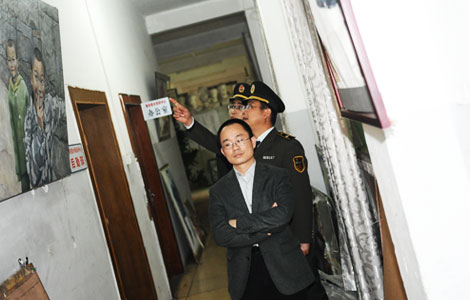
|
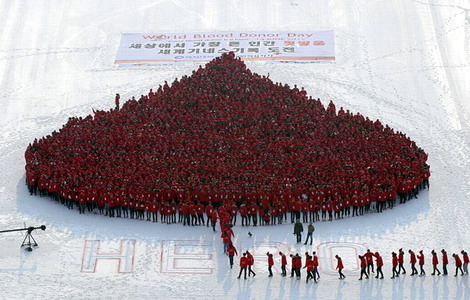
|

|

|
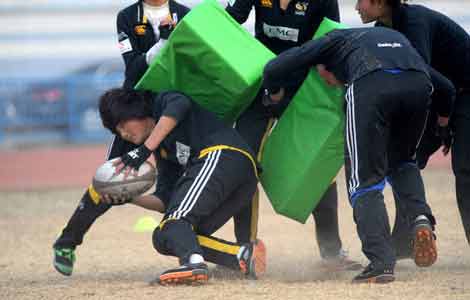
|




